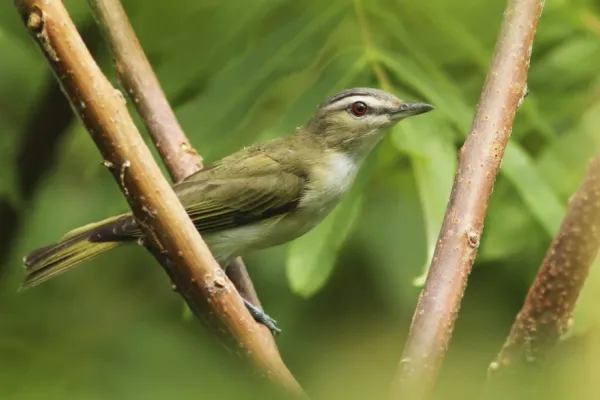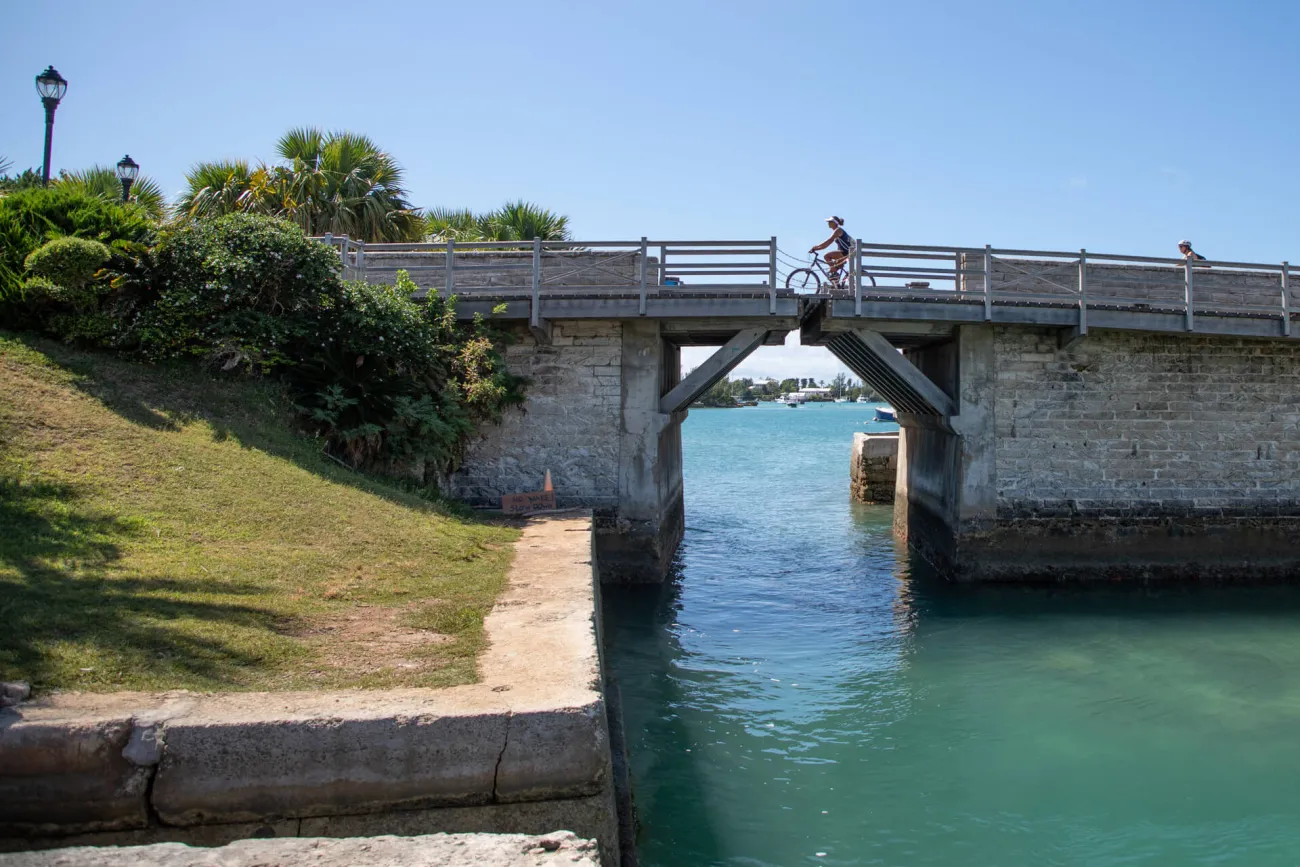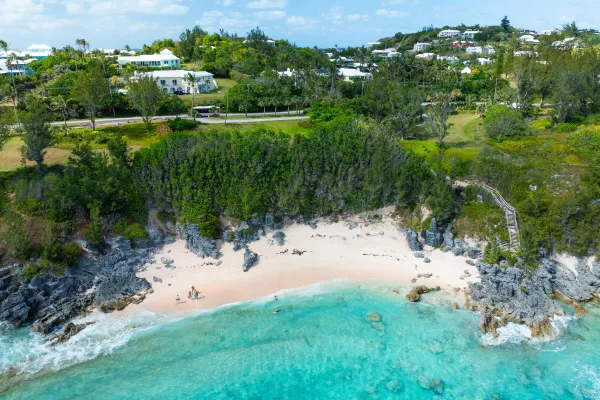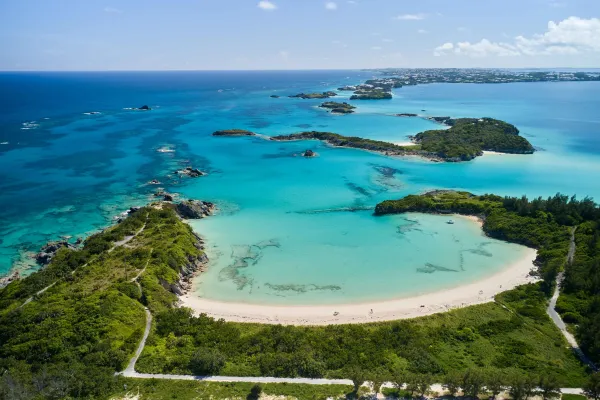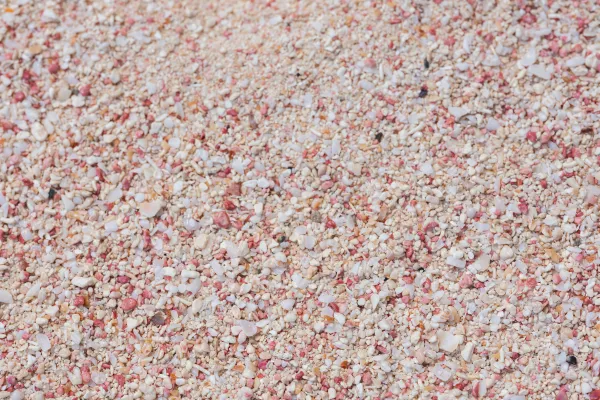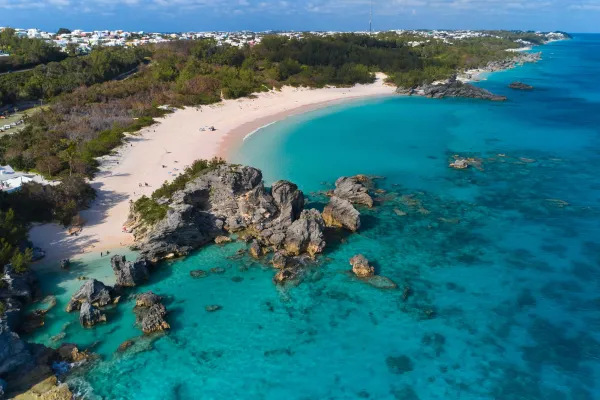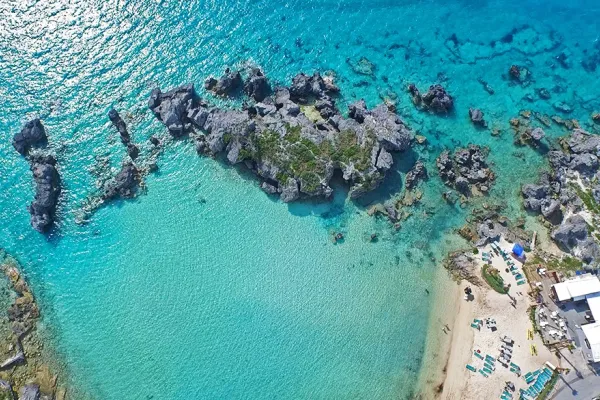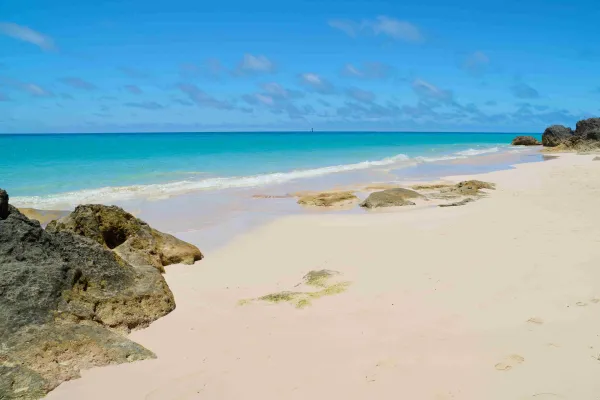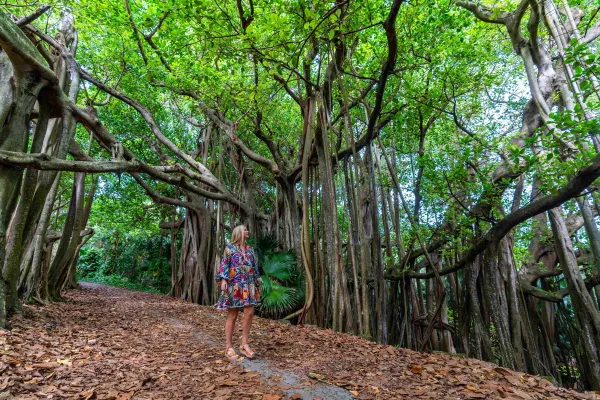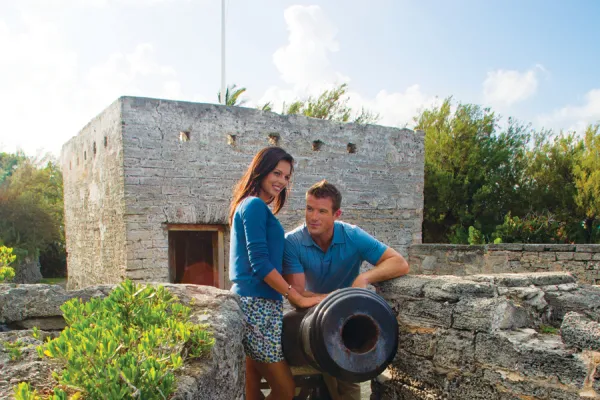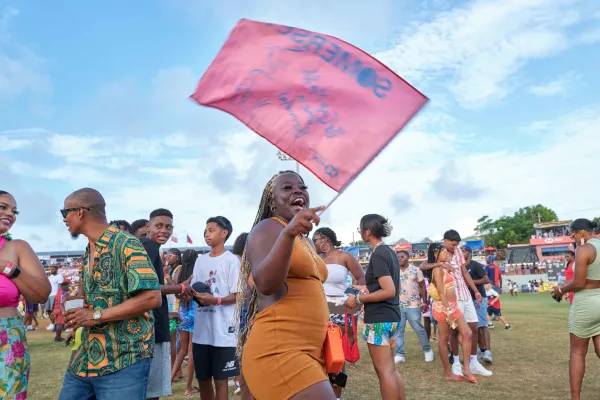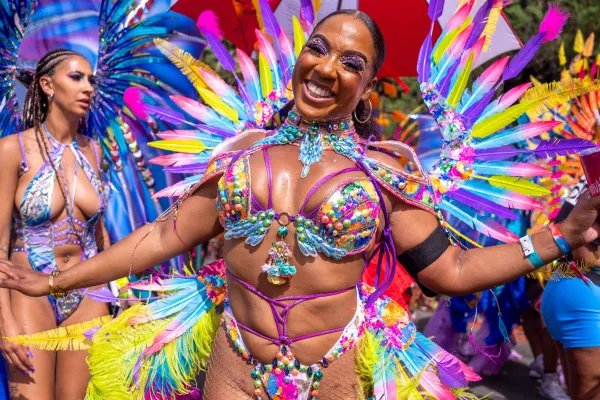NATURAL ALLURE
Located in Sandy’s Parish, Hog Bay Park’s allure lies in its uncharted feel – more than 30 acres of open space across varying terrain invite discovery. The park lies in one of the least visited parts of the island, even though it’s only 15 minutes from Royal Naval Dockyard.
You’ll find dirt trails shaded by fiddlewood and spice trees, windswept coastal slopes and paths skirting crops and ploughed fields.
But the real reward comes when you descend to the flat cliffs on the shoreline, with its expansive views across the horizon, tiny beach, rock pools and turtle-friendly sea grass.
HISTORY OF THE HOG
If you had crash-landed landed in Bermuda in the early 17th century, you might have run into a wild hog or two. As the story goes, mariners dropped them off here in the hope that they’d provide a perpetual source of bacon and ham for sailors shipwrecked on Bermuda’s treacherous coral reefs. The hogs are long gone and Hog Bay (where hogs were particularly plentiful) is now called Pilchard Bay (the southern inlet to Ely’s Harbour).
A relatively new public facility, Hog Bay Park opened in the 1990s after the Bermuda Government purchased three adjoining, private estates.
WHY FARMERS LOVE IT HERE
The land is very fertile, and a remarkable absence of development has allowed it to be farmed continuously since the 17th century.
Depending on the time of year, you might find string beans, potatoes, carrots, lettuce or leeks being cultivated. If you can, have a chat with the farm workers as their knowledge of the area can be illuminating.
BIRDS & MARINE LIFE
It’s worth taking along binoculars and flippers as birds are drawn to the woodland and marshes. Of the 120 species seen at Hog Bay Park, you may watch a warbler, heron, bobolink, yellow-billed cuckoo, flycatcher, indigo bunting, Baltimore oriole, including a red-eyed vireo. If you’re very lucky, you’ll spot a kestrel or a merlin. Birds are always most visible at dawn or dusk.
TIP: Bring binoculars to scope out 120 species of birds, including warblers, herons, yellow-billed cuckoo and red-eyed vireo.
